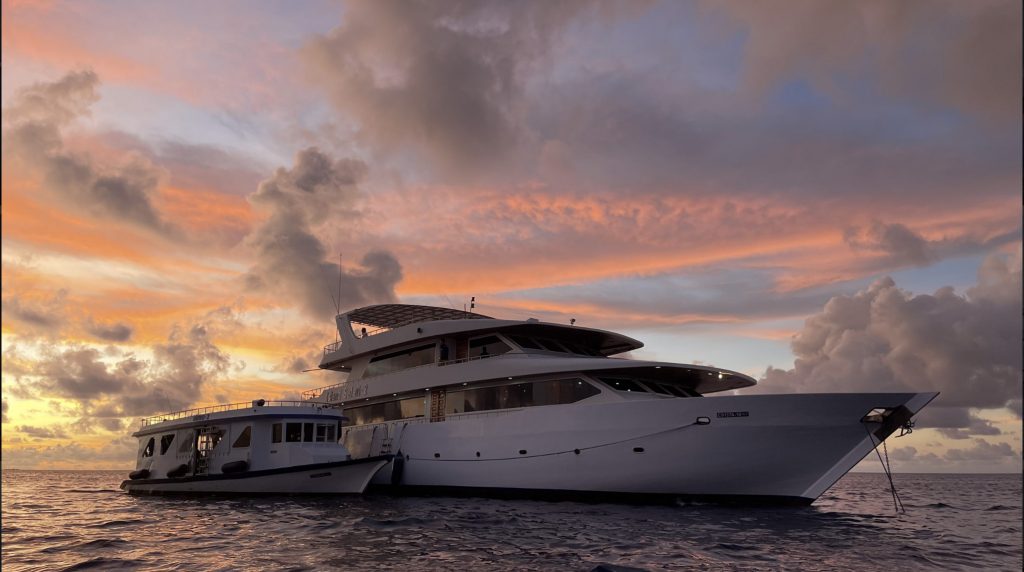During the video production for the Flow Box Remix of Hypetraxx’ The Darkside, I became very aware of the necessary scope of planning and preparation prior to actual shooting. This is mainly thanks to Andreas Minich, the camera man of the video, who kept questioning my ideas and plans and basically forced me to come up with a real plan.
You can imagine how thankful I am that he kept insisting.[/vc_column_text][vc_row_inner][vc_column_inner][vc_single_image image=”2702″ img_size=”full” alignment=”center” img_link_large=”yes”][/vc_column_inner][/vc_row_inner][vc_row_inner][vc_column_inner][vc_column_text]Hence, the first thing that had to be established was a clear idea of the video itself and what it wanted to show. Luckily, I had already been listening to the track of the video for weeks, just in order to wrap my thoughts around it and get inspired. The final idea of “the walker” rests on the stomping beats of the track, as well as the simple circumstance that I was the proud owner of the fanciest dive boots on this planet.
Once the idea of how to visually convey the rhythm of the track to the audience was found, I had to find a reason why the walker was actually walking? In short, I needed a story.
Ultimately it was my marine biological background that helped me out.
Currently, the world’s oceans are suffering from a multitude of anthropogenic sources of stress, may it be marine pollution, oceanic acidification, plastic debris, overfishing, or so many other reasons. Quite obviously, there is a tremendous need of doing something about it. “The walker” in the video represents exactly these anthropogenic stressors, arrogantly hammering his way into the world below. He thinks of himself as a superhero but ultimately stumbles over and is killed by his own deeds.[/vc_column_text][/vc_column_inner][/vc_row_inner][/vc_column][/vc_row][vc_row][vc_column][vc_single_image image=”2707″ img_size=”full” alignment=”center” img_link_large=”yes”][/vc_column][/vc_row][vc_row][vc_column][vc_column_text]As soon as the story lay out clearly, it needed to be put on paper, in fact water resistant paper. But drawing the story board was not only great to get organised but also to finalise the thoughts and ideas about certain frames that should be in the video. It also made me aware of the need of organising the locations and to order the single shootings according to the sets and availability of actors and assistants. Moreover, one must not forget the underwater setting and the decision to shot during the night.
Shooting under water requires very precise planning on available time, i.e. available air, rigorous reduction of props (we only had four to six hands) and in-depth knowledge of the locations, i.e. divesites. When it comes to actual shooting underwater, a thorough briefing is of paramount importance. The entire shooting order has to be build in a dive plan that follows standard safety diving procedures. Everybody must need to know exactly what their tasks are during which scene, as communication underwater is very limited and/or time consuming. Bottom line, underwater shooting requires well trained and experienced divers as well as people that can keep up their concentration in unusual situations.
All in all, it was a blast and intense learning experience, of which I do not want to miss even the smallest part. With Andreas Minich, Andrea Togni and Lena Jenal, I had the best people with me that I could have possibly asked for. Thank you so much guys. Without you, this video would not have been possible.
Obviously, only because shooting is finished, it does not mean the video is ready to be published. It is the start of a long and tedious time of post production. Just as obvious, not every shot turns out perfect during shooting conditions like ours, which makes one or the other correction necessary. ProDAD’s ProDRENALIN was a great, fast and easy to use choice for deshaking the less than perfect material and their slow motion software ReSpeedr, did a great job on the scene where the walker jumps into the water. The scene became nicely smooth with a bit of a morphing effect that I like very much.[/vc_column_text][/vc_column][/vc_row][vc_row][vc_column][vc_video link=”https://www.youtube.com/watch?v=96Iiun_KY8Y”][/vc_column][/vc_row][vc_row][vc_column][vc_column_text]The biggest part of post production however, was the editing process, which starts with a thorough sighting of the available material. Once the selection is made, the scenes were sorted and pre-edited into more digestible, computer friendly pieces. In this moment it was very important to identify eventual shortcomings of the material and organise re-shootings. Luckily, the material was fine and we didn’t need additions. Anything else, would have been a nightmare anyway.
After that, I sorted out scenes that got closest to my intentions and look for the film and started editing them to fit the music. My favourite scene in the video, is the fall and landing sequence of the walker after hammering on the tubes. The lighting exactly matches the ideas I had about these frames.
Once the core scenes were edited, I started filling the gaps between them. This was sometimes easy and sometimes very difficult, because I wanted to match the pace of the footage to the rhythm of the music.
Now, certainly a professional editor would have loads of suggestions for improvement, but for now I am more than happy with the result and am very much looking forward to the next project.[/vc_column_text][/vc_column][/vc_row][vc_row][vc_column width=”1/4″][vc_facebook type=”box_count”][/vc_column][vc_column width=”1/4″][vc_tweetmeme type=”vertical”][/vc_column][vc_column width=”1/4″][vc_googleplus][/vc_column][vc_column width=”1/4″][vc_pinterest type=”vertical”][/vc_column][/vc_row]














